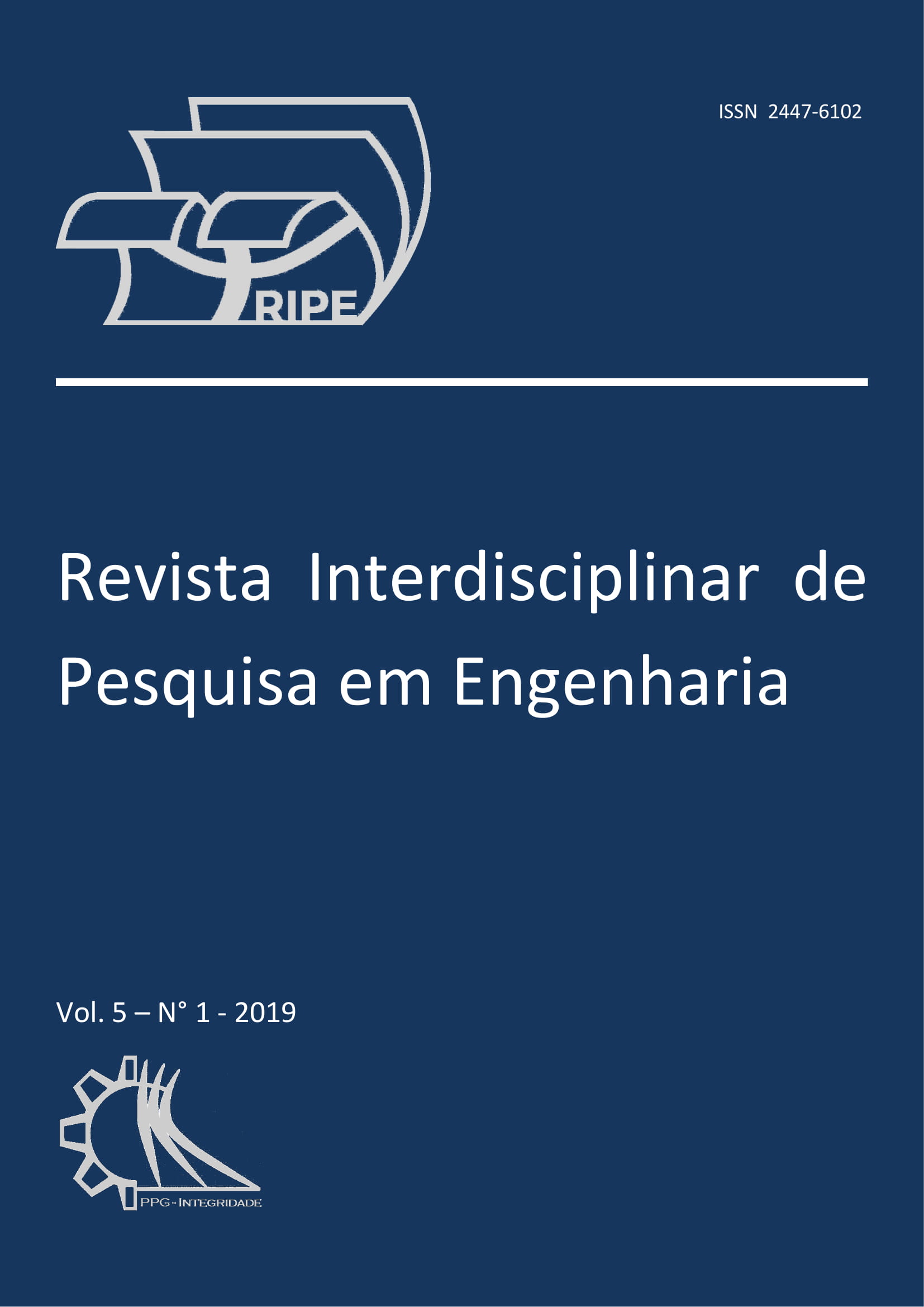Modeling And Simulation Of Spills Of Two Types Of Petroleum Based On The Experience Of Tramandaí / RS
DOI:
https://doi.org/10.26512/ripe.v5i1.19242Keywords:
Oil spill. ECOS. TELEMAC-3D. Tramandaí.Abstract
In view of the global dependence of oil and the imminent environmental risks of handling and transportation of oil at sea, this paper aims to reproduce the incident of leakage of oil in the buoy of Tramandaí - RS on January 26 2012, and analyze the weathering action on two different types of oil subject to environmental conditions on the day of the accident. This work used two different softwares, the ECOS oil spill model coupled to the hydrodynamic model TELEMAC-3D. Due to the history of leaks in the region of Tramandaí, this area was delimited as a study area in order to study the behavior of the oil. With the research it was possible to reproduce the hydrodynamic conditions of the day of the incident using TELEMAC-3D. The weathering processes implemented did not influence the size of the oil stain. The influence of the emulsification process proved important in the specific mass of the oil. The coefficient implemented in the model tends to stabilize the emulsification by 70% for crude oils and heavy oils, but in reality it should vary according to the specific mass of each oil. Thus, the emulsification result was the same for the two simulations, not matching what could happen under real conditions. The evaporation was well implemented in the model, varying according to each specific mass of the oil. The values ”‹”‹obtained were 4% evaporation for simulation A, 19.5% for simulation B.
Downloads
Downloads
Published
How to Cite
Issue
Section
License
Copyright (c) 2018 Revista Interdisciplinar de Pesquisa em Engenharia

This work is licensed under a Creative Commons Attribution-NoDerivatives 4.0 International License.
Given the public access policy of the journal, the use of the published texts is free, with the obligation of recognizing the original authorship and the first publication in this journal. The authors of the published contributions are entirely and exclusively responsible for their contents.
1. The authors authorize the publication of the article in this journal.
2. The authors guarantee that the contribution is original, and take full responsibility for its content in case of impugnation by third parties.
3. The authors guarantee that the contribution is not under evaluation in another journal.
4. The authors keep the copyright and convey to the journal the right of first publication, the work being licensed under a Creative Commons Attribution License-BY.
5. The authors are allowed and stimulated to publicize and distribute their work on-line after the publication in the journal.
6. The authors of the approved works authorize the journal to distribute their content, after publication, for reproduction in content indexes, virtual libraries and similars.
7. The editors reserve the right to make adjustments to the text and to adequate the article to the editorial rules of the journal.










